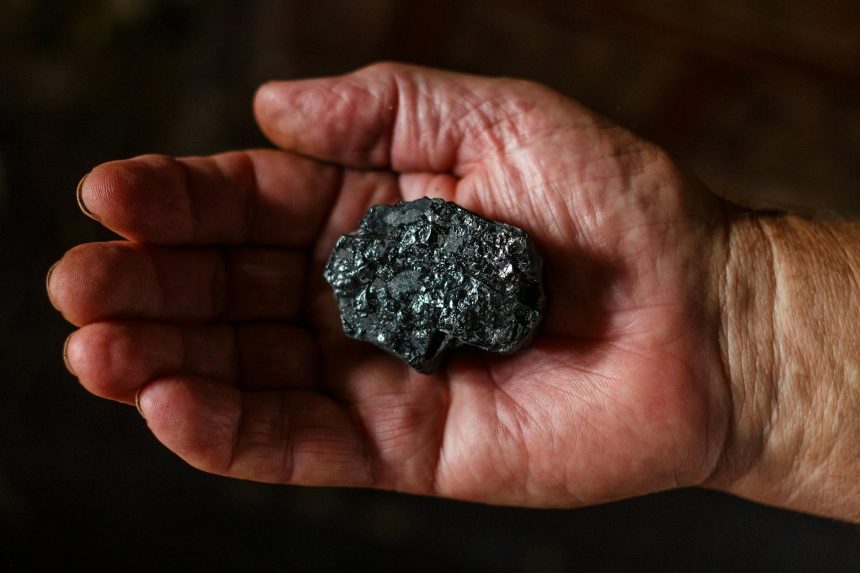carbon-credit-insurance
Carbon Credit Insurance: 5 Ways to Secure Your Green Investments
In the rapidly expanding world of climate finance, the voluntary carbon market stands as a critical mechanism for driving investment into projects that reduce greenhouse gas emissions. Yet, like any burgeoning market, it’s not without its inherent risks. Project developers face challenges in ensuring permanence, while buyers seek assurance that their purchased credits genuinely represent verifiable environmental impact. This is where the concept of Carbon Credit Insurance emerges as a game-changer, offering a robust shield against unforeseen challenges and bolstering confidence across the ecosystem. But how exactly does this innovative financial instrument work, and what new developments are poised to transform the landscape?
As the market matures, the need for enhanced risk management tools becomes paramount. The recent approval of groundbreaking new insurance products by leading certifiers like Gold Standard signals a significant leap forward, providing unprecedented layers of protection for both the supply and demand sides of carbon offsetting. This article will delve into the critical role these insurance solutions play, explore the specific risks they mitigate, and outline the tangible benefits they bring to securing your commitment to a greener future.
Navigating the Carbon Market: Key Risks for Buyers and Developers
The journey from a climate project idea to a certified carbon credit is complex, fraught with various uncertainties. For project developers, risks can range from operational failures to natural disasters affecting project integrity. Buyers, on the other hand, often grapple with concerns about the long-term validity or permanence of the credits they acquire. Understanding these challenges is the first step toward appreciating the value of robust protective measures.
Common Risks in Carbon Offsetting:
- Reversal Risk: The possibility that sequestered carbon (e.g., in a forestry project) is released back into the atmosphere due to fire, disease, or illegal logging.
- Invalidation Risk: Credits being deemed invalid post-issuance due to issues discovered during audits, non-compliance with standards, or methodological errors.
- Performance Risk: A project failing to achieve its projected emission reductions or removals, leading to fewer credits being issued than anticipated.
- Regulatory Risk: Changes in local or international policies that could impact a project’s eligibility or the market value of its credits.
- Operational Risk: Challenges in project implementation, management, or technology that hinder its ability to generate credits.
These risks, if unaddressed, can undermine trust, deter investment, and ultimately slow down the urgent action needed to combat climate change. This is precisely why the advent of specialized insurance products is so critical.
Gold Standard’s Role in Elevating Carbon Credit Insurance
Gold Standard is globally recognized for its rigorous certification process, ensuring that carbon projects deliver measurable climate benefits and contribute to sustainable development goals. Their stamp of approval signifies high-quality, high-integrity credits. By endorsing specific Carbon Credit Insurance products, Gold Standard is not just acknowledging the need for risk mitigation; they are actively integrating it into the framework of market confidence.
This strategic move underscores a commitment to fortifying the voluntary carbon market against potential pitfalls. When a leading standard-setter approves such financial instruments, it sends a powerful signal to investors and developers alike: the market is maturing, becoming more resilient, and offering greater security for climate action investments. For more details on Gold Standard’s rigorous standards, you can visit their official website: Gold Standard.
The Tangible Benefits of Carbon Credit Insurance for Market Stability
The introduction and broader adoption of specialized insurance for carbon credits offer a cascade of benefits, transforming uncertainty into assurance. These products act as a financial safety net, stabilizing investments and encouraging greater participation in climate projects.
How Carbon Credit Insurance Boosts Confidence:
- Enhanced Investor Confidence: Buyers of carbon credits, from corporations to individuals, can invest with greater peace of mind, knowing their environmental claims are protected against unforeseen events.
- De-risked Project Development: Developers can secure financing more easily and implement projects with reduced financial exposure to operational or environmental setbacks.
- Market Integrity: By mitigating risks like reversal or invalidation, insurance helps uphold the overall integrity and credibility of the carbon market, ensuring that every credit represents a genuine impact.
- Facilitates Growth: A more secure market attracts more capital, fostering the growth of essential climate projects across diverse sectors and geographies.
- Standardization and Trust: The involvement of reputable certifiers like Gold Standard in approving insurance products adds another layer of standardization and trust to the market.
These benefits collectively contribute to a more robust and reliable voluntary carbon market, essential for scaling up global climate action.
Exploring New Carbon Credit Insurance Products: What They Cover
The newly approved Carbon Credit Insurance products are designed to address specific, critical risks that have historically deterred some participants. While details vary by provider, these innovative offerings typically focus on protecting against the potential loss of value or quantity of carbon credits due to specific, defined events.
These products often provide coverage for scenarios such as:
- Credit Invalidation: Protection against the risk that issued carbon credits are later deemed invalid by a certifying body due to unforeseen issues or errors in validation/verification.
- Reversal of Sequestration: Coverage for projects like reforestation, where stored carbon might be released back into the atmosphere due to natural disasters (e.g., wildfires, pest outbreaks) or other specified events.
By offering tailored solutions, these insurance products are becoming an indispensable tool for managing the unique complexities of carbon projects. They are particularly relevant for projects under schemes like CORSIA (Carbon Offsetting and Reduction Scheme for International Aviation), where credit integrity is paramount for compliance.
The Future of Carbon Credit Insurance: A Pathway to Enhanced Trust
The evolution of Carbon Credit Insurance marks a significant milestone in the maturation of the voluntary carbon market. As climate finance continues to grow in importance, the demand for sophisticated risk management solutions will only intensify. The proactive steps taken by organizations like Gold Standard in vetting and approving these products pave the way for broader adoption and innovation.
Looking ahead, we can expect to see further refinement of insurance offerings, potentially including coverage for emerging risks or more tailored solutions for specific project types. This ongoing development is crucial for building a resilient market capable of delivering on its promise of meaningful climate impact. The integration of insurance into carbon market operations is not merely a financial add-on; it’s a fundamental shift towards greater transparency, accountability, and long-term sustainability. To understand more about the broader landscape of climate finance, a valuable resource is Carbon Pulse, a leading news source for carbon markets.
Conclusion: Securing Your Investment in a Greener Future
The advent of robust Carbon Credit Insurance, particularly with the endorsement of esteemed certifiers like Gold Standard, represents a pivotal moment for the voluntary carbon market. It transforms a landscape once perceived as high-risk into one offering tangible security for environmental investments. By mitigating critical risks such as credit invalidation and reversal, these insurance products foster greater trust, encourage investment, and ultimately accelerate the deployment of vital climate solutions worldwide.
Securing the integrity of carbon credits is not just good practice; it’s essential for achieving global climate goals. Ready to explore how these innovative solutions can safeguard your environmental endeavors? Contact a specialized climate risk advisor today to learn more.
Discover how Carbon Credit Insurance is revolutionizing risk management in the voluntary carbon market. Learn about Gold Standard’s new products and secure your climate investments.
Carbon credit insurance protecting green investments, climate finance security, carbon market risk management, Gold Standard certified projects



